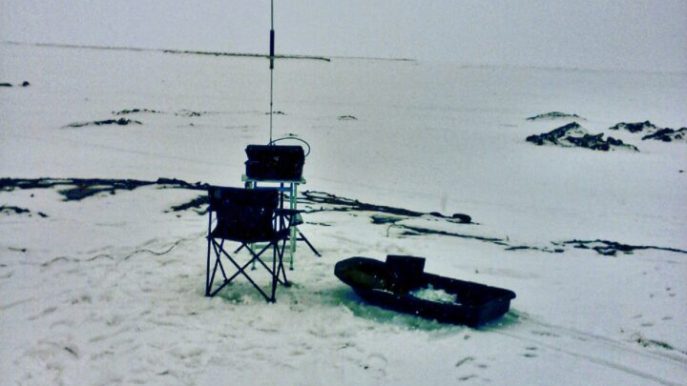In a similar vein...
The feedback resistor I was talking about - the one that the Grant's and Cobra use for controlling AMC (Why people pull R131) R166 (3.3K) and R165 (1.5K) - is similar to the PC-122's R151 "Divider" resistor that sends the envelope power to the AMC circuit but also provides a level of compression for the audio envelope - forcing am audio "image" symmetry into the envelope - that develops stronger peak compression levels at the PEAK TONAL RESPONSE range the envelope is tuned for. R166 is a gain value that is applied to R195 and D54 - helps the other half of the balance symmetry of D63 and C173 Recovery times (aside from the inherited delays brought on by VR10 R196)
What that means is; many an enthusiast changes the "gain cell" electrolytic (C177 is above graphic C173 for Grant / 148's) to a higher value like 100uF to 220uF - all you get is bass response - that's the point of the envelopes' peak tonal response curve for envelope - that is why I call it a "gain cell" for it holds/sustains envelope power for the lower bassy tones and provides some of that needle movement "swing" that shows forward audio power.
It also is what causes the carrier "Fall" in the NPC mods, for the gain cell can't recoup a charge until a set time delay, the larger that cap, the greater the delay in recovery time. Again in the "THE PAST" graphic, that uses the 220 ohm 1W resistor to affect the recovery time - which if you guys play with NPC mods, you may need to adjust your carrier swing and recovery times by using a similar method and values - higher for long delays and 220 ohm for "standard" recovery rate for envelope audio power to carrier swing level. Again, uses the feedback resistor values to affect gain (punch) of audio in the envelope as well as level on AMC detect for those that wish to play along at home and use the limiter - for safety's sake...
The feedback resistor I was talking about - the one that the Grant's and Cobra use for controlling AMC (Why people pull R131) R166 (3.3K) and R165 (1.5K) - is similar to the PC-122's R151 "Divider" resistor that sends the envelope power to the AMC circuit but also provides a level of compression for the audio envelope - forcing am audio "image" symmetry into the envelope - that develops stronger peak compression levels at the PEAK TONAL RESPONSE range the envelope is tuned for. R166 is a gain value that is applied to R195 and D54 - helps the other half of the balance symmetry of D63 and C173 Recovery times (aside from the inherited delays brought on by VR10 R196)
What that means is; many an enthusiast changes the "gain cell" electrolytic (C177 is above graphic C173 for Grant / 148's) to a higher value like 100uF to 220uF - all you get is bass response - that's the point of the envelopes' peak tonal response curve for envelope - that is why I call it a "gain cell" for it holds/sustains envelope power for the lower bassy tones and provides some of that needle movement "swing" that shows forward audio power.
It also is what causes the carrier "Fall" in the NPC mods, for the gain cell can't recoup a charge until a set time delay, the larger that cap, the greater the delay in recovery time. Again in the "THE PAST" graphic, that uses the 220 ohm 1W resistor to affect the recovery time - which if you guys play with NPC mods, you may need to adjust your carrier swing and recovery times by using a similar method and values - higher for long delays and 220 ohm for "standard" recovery rate for envelope audio power to carrier swing level. Again, uses the feedback resistor values to affect gain (punch) of audio in the envelope as well as level on AMC detect for those that wish to play along at home and use the limiter - for safety's sake...
Last edited:

